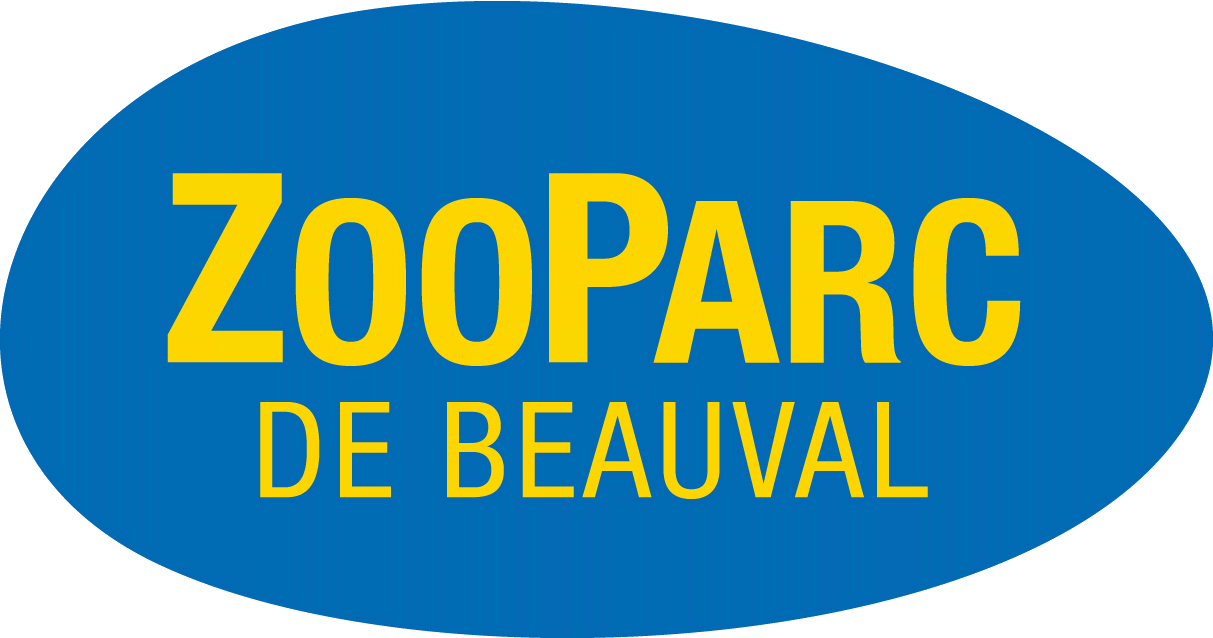top of page



This project is led by four biology students in their second year of Master's degree at Poitiers University. Today, this species is on the verge of extinction because of poaching. Moreover, Human population growth and the increasing presence of cattle lead to an increasing pressure on snow leopards and their prey as their habitat gets fragmented and as cattle killing lead to retaliation from herdsman.
This scientific aspect relieas on the genetic identification of snow leopards individuals. So we will extract DNA from their faeces. Unfortunately cells contained in faeces are often inbad shape leading to poor quality DNA, especially DNA contained in cells nucleus which is very delicate.
To summarize, our goal is to develop an innovative effective cheap protocol to study snow leopards and to set it up in Central Asia laboratories involved in snow panther preservation which have shown interest in our project.
The purpose of the funding is allow us to get the equipment needed to get our experiments started and to get more effective communication tools. Moreover, the funding will allow us to get one of our scientist in the state reserve to collect more faeces and, providing we manage

Numerous snow leopard preservation organization already exists. We decided to our part in these efforts at two different levels :
-
To alert and to bring together a community interested in snow leopards preservation.
-
To bring a scientific expertise to make snow leopards individuals identification easier.
Our first goal is to develop a DNA quality control to avoid leading expensive and tim-consuming experiments. Once good quality DNA is detected we will be able to lead our experiments in order to ensure that we truly are dealing with snow leopards DNA (wolves faeces are very similar to panther's) then to distinguish on snow leopard individual from one another and even identify their gender.
to develop ou protocol, we will help local scientist to set up our protocol and collaborate swith them in the hope what it will make a difference to avoid snow leopards extinction.
These samples were collected in the state reserve of Sarychat-Ertash located in Kirgyzstan as a part of the OSI Panthera program. Sarychat-Ertash is a state reserve which access is strictly reserved for scientific expedition. OSI Panthera expedition purpose is to describe the local snow leopard population. These studies will allow to determine the snow leopard headcount and the consanguinity rate among the population.
bottom of page







